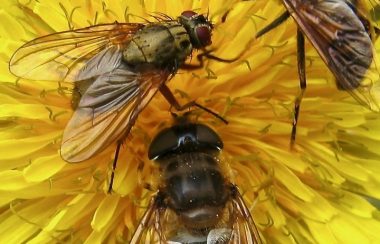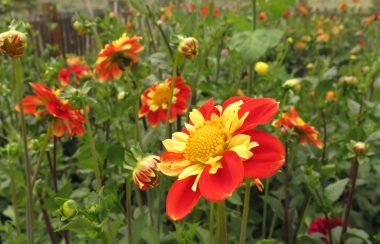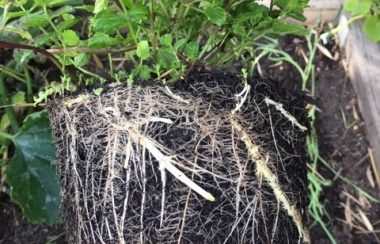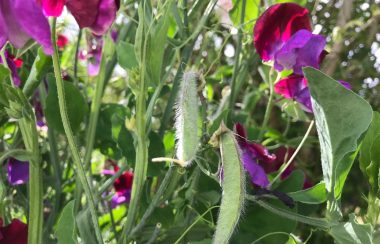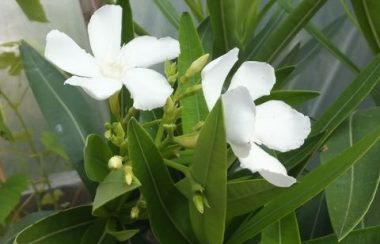Frangipani; marzipan, vanilla, honey and jasmine
Ideally you need a warm sunny greenhouse for Plumeria to thrive for if you keep these happy they’ll reward you with months of the most delicious blooms each so heavily perfumed you almost want to eat them (please don’t, they’re likely poisonous). Their common name Frangipani was taken from an Italian Renaissance nobleman who blended […]








